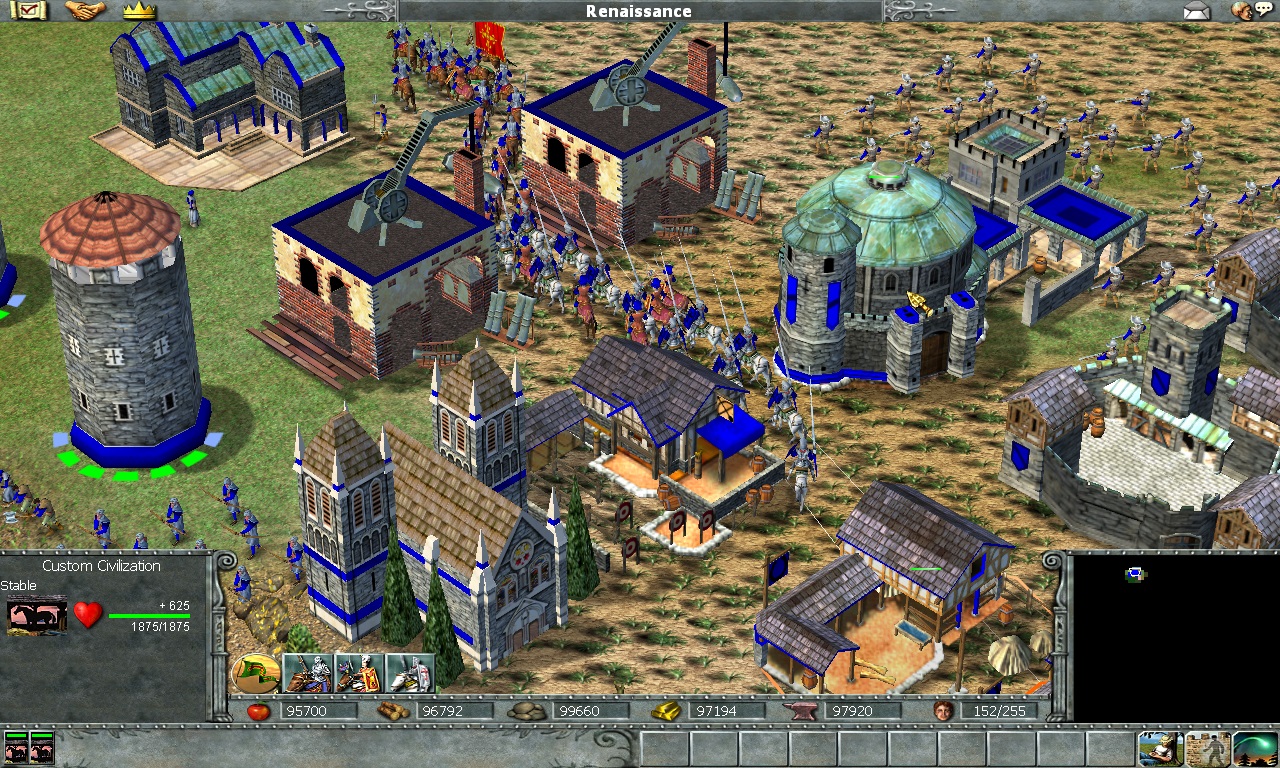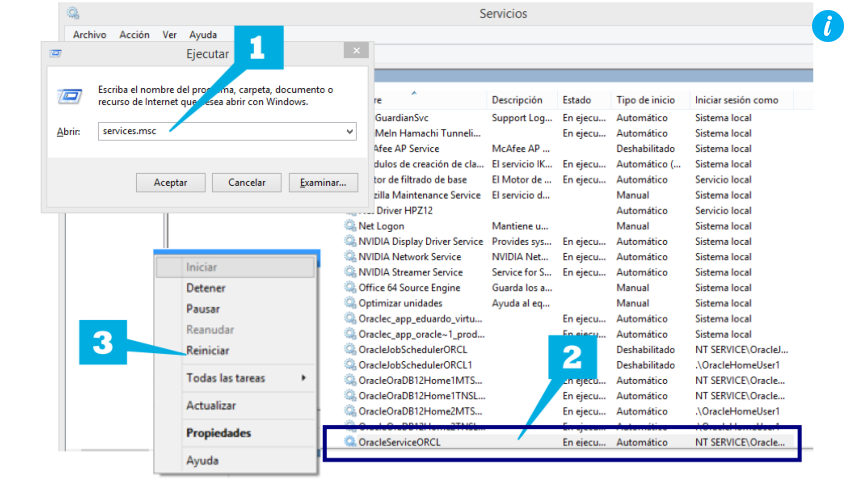One important component of database processing is the listener process. The key file to the listener process in Oracle 12c is the listener.ora configuration file. This file identifies two things:
Each database it will listen for
On what ports (default 1521)
Oracle 11g listener fails with ORA-12514 and ORA-12505 errors. After modifying the hosts file (Windows system32 drivers etc) to force the mapping. Suddenly having ora - 12514 and ora - 12505 tns listener error? Ora - 12514 and ora - 12505 tns listener error fixed in 90 seconds. ORA-12514 during switchover using Data Guard Broker (Update) This is just a short update for an earlier post about getting ORA-12514 while performing switchover using DataGuard broker. There was a comment on whether or not DGMGRL static service is. In Windows when, for unknown reasons, Oracle is refusing connections, I have seen Windows TNS-12514 problems with any of these issues: A Windows screen saver causes CPU hogging that makes connections get refused. Somebody installed a Windows virus scanner. A weekly Windows patch application has caused a problem. Never apply a Windows patch. In Windows when, for unknown reasons, Oracle is refusing connections, I have seen Windows TNS-12514 problems with any of these issues: A Windows screen saver causes CPU hogging that makes connections get refused. Somebody installed a Windows virus scanner. A weekly Windows patch application has caused a problem. Never apply a Windows patch.
You can download this game in following steps. HDD:1.5 GB Free Disk SpaceHow to Download and Install Empire Earth Gold Edition for PC?Most important question is how to download this game from my website?  First Download Empire Earth Gold Edition by click on download link. Video Card:64 MB, nVIDIA GeForce 3+, ATI Radeon 8500+.
First Download Empire Earth Gold Edition by click on download link. Video Card:64 MB, nVIDIA GeForce 3+, ATI Radeon 8500+.
The file is located in ORACLE_HOME/network/admin.
A sample listener.ora file in Oracle 12c
In the preceding code, you see two main sections: SID_LIST_LISTENER and LISTENER. The SID_LIST_LISTENER section identifies each database instance that the listener will service connections for. It lists the global database name, ORACLE_HOME, and SID.
As you need more databases, add the following section and customize the information:
The LISTENER section identifies what host the database exists on and what port it accepts connections on:
Here you see the listener will listen on the HOST (server) orasvr01, and the port is 1521. Requests on other ports will not be acknowledged.
You can add more databases, even if they’re different database versions to the listener.ora. You can also add additional LISTENER processes (if you want to listen on multiple ports, for example).
You should be aware of one configuration option that isn’t recommend: Shared Servers. With this method, each user connection uses a shared process rather than a dedicated server process on the database server.
The sqlnet.ora file is one configuration file. It can be client or server side, usually located with the listener.ora or tnsnames.ora file. The sqlnet.ora file is a special options file where you can add parameters to the Oracle Net architecture. This file can exist both on servers to impact the listener process and on clients to influence TNS settings. For example, you can
Add commands to force increased tracing, logging options, or encryption.
Tell the listener to add a domain name to each database.
Direct the listener to look up connection information in an LDAP instead of a tnsnames.ora file.
Here is a sqlnet.ora file:
The setting simply tells the client to use the tnsnames.ora file instead of any other resource (such as an LDAP).
How to start and stop the database listener in Oracle 12c
The database listener process reads the listener.ora and sqlnet.ora files for its configuration; the database administrator (DBA) manages it by using the lsnrctl command-line utility. You can use the utility to do these things to the listener:
Start
Stop
Check status
Tns-12514 Windows
There is no direct relationship between the listener process and the database itself; the processes operate independently.
However, remember that the listener must be started before the database can service remote connections.
To start the listener, issue the lsnrctl start command:
If you need to stop the listener, you can issue the lsnrctl stop command:
Ora-12514 Oracle 12c Windows 10
After changing the listener.ora file, you must restart the listener process. You can do this via the stop and start commands.
To determine what databases the listener is configured to service requests, you can read the listener.ora configuration file. Or you can issue the lsrnctl status command:

This code shows listening for connections for the dev12c and prod12c databases.
Logs for the listener process are stored in the listener.log file. The listener.log may be in one of these two spots:
In ORACLE_HOME/network/admin
Under the ADR infrastructure in ADR_BASE/diag/tnslsnr tree